The SOFII history project
Welcome to the SOFII history project! To be a great fundraiser you need to be aware of what has come before and there is no better place to explore our collective past than here. Have you heard of the first ever major donor dinner from 970 BC? Have you read the wise words of Moses Maimonedes, who explored the eight levels of giving 800 years ago? Are you aware of the ground-breaking campaigns from the Victorian era? All these treasures and many more can be found in the SOFII history project. Dive in to learn the valuable lessons of fundraisers past. You can find:
Take a trip in SOFII’s time machine: the SOFII history project - introduction and contents
Part 1: treasures from fundraising’s history here.
Part 2: the all-time fundraising greats here.
And Part 3: the legends of fundraising here.
Dr Barnardo’s Homes: the home collecting box
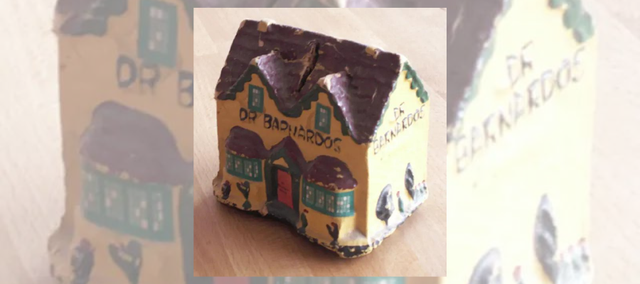
by Ken Burnett
The home collecting box remains many people’s closest link with charitable giving. Some collecting boxes are themselves collector’s items.
Read moreRNLI: ‘stand behind these men’ press ad
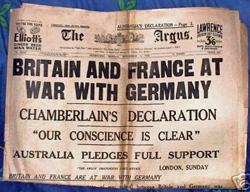
by SOFII
The message is simple and direct – it tells who the RNLI is, what it does, and gets straight to the point by asking what the reader will contribute. It also uses a photograph of a crew member at the top of the page – a tradition that continues today.
Read moreThe Society for Effecting the Abolition of the Slave Trade: minute regarding the need for fundraising from 1788

by SOFII
This piece offers a unique insight into how, 220 years ago, funds were raised to help fight one of the greatest social evils of all time. In its formality, the 114-word single sentence of this solicitation has a distinctly quaint character.
Read moreRSPCA’s pile of dead dogs advertisement
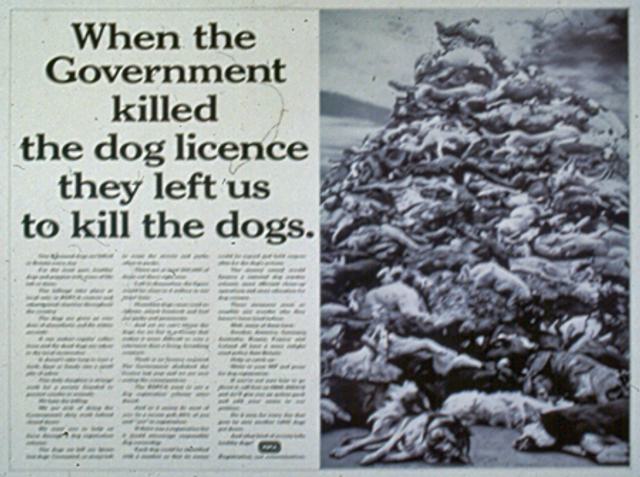
by SOFII
Some time around the turn of the 1980s Britain’s leading animal welfare charity, the RSPCA (Royal Society for the Prevention of Cruelty to Animals), produced a striking and controversial poster that positioned it as a campaigning organisation too.
Read moreThe early Christian Church: St Paul’s letter to the Corinthians
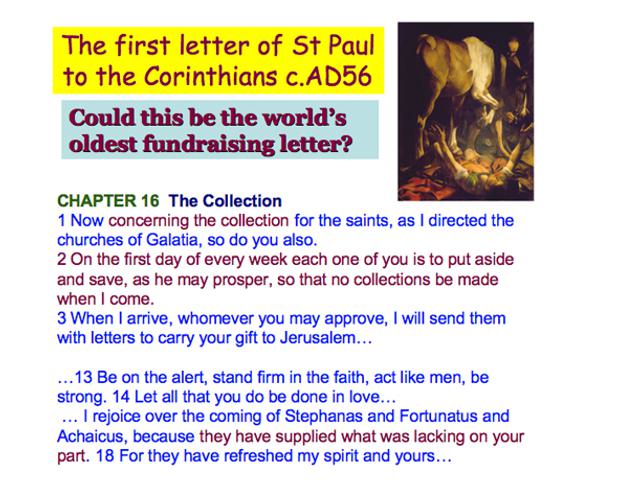
by SOFII
This may not be the world’s earliest ever recorded mention of fundraising but it could well be the first ever example of a fundraising director exhorting his troops to achieve their targets. Or, do you know different?
Read moreA Dismal Swamp: an extract from Our Mutual Friend showing Charles Dickens’ view of fundraising in Victorian England
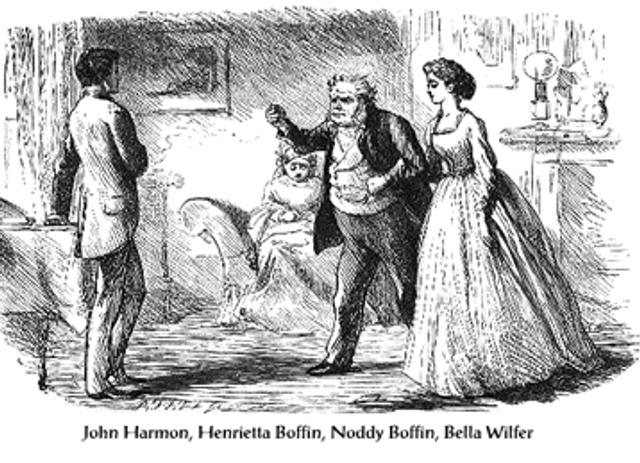
by SOFII
Charles Dickens’ perceptive view of fundraising from Our Mutual Friend, 1864. Download this entertaining and instructive insight into fundraising from 150 years ago.
Read moreAlbert Street Methodist Sunday School: the foot of pennies from the 1930s
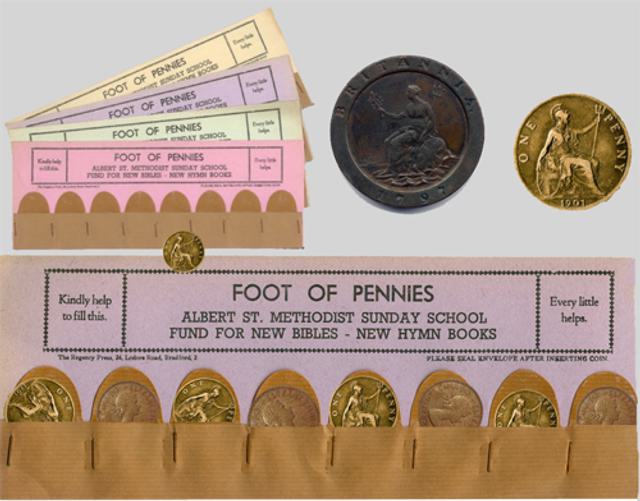
by SOFII
A small yet colourful part of England’s fundraising heritage had been discovered in a Methodist chapel about to be demolished. As their finder explains, these fun feet of pennies are engagement devices designed to make collecting for charity easy and so to hook neophytes into the habit of giving.
Read moreRNLI: Britain’s first-ever street collection, 1891
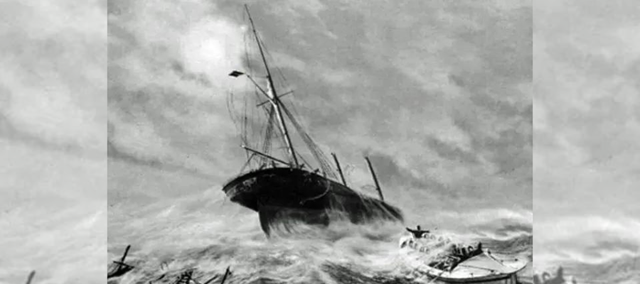
by Carolina Herrera
An appalling loss of life in 1886 leads to the invention of a fundraising classic that's still raising millions today. A horrific double tragedy brought about Britain’s first-ever street collection for a charitable cause. It was a significant milestone in the history of voluntary action in the UK and elsewhere.
Read moreActionAid: the inserts with built-in reply mechanism
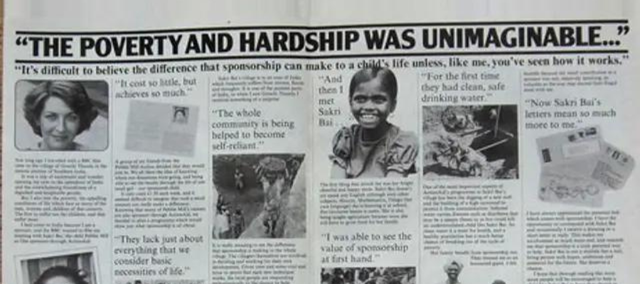
by SOFII
This promotion raised £millions and won almost every direct marketing award going. It also helped propel a new and little known organisation called ActionAid into the list of Britain's top 20 charities. Action Aid created a new format, which was then copied by dozens, perhaps hundreds of other organisations.
Read moreRNLI: the legacy letter
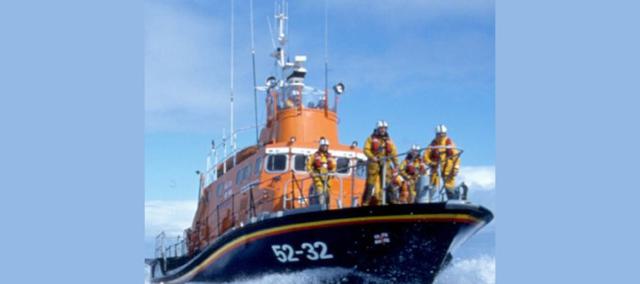
by SOFII
This is a classic example of a direct appeal to supporters, asking for information that will help plan future income. The candid, plain-speaking, respectful copy reminds supporters that RNLI relies heavily on legacies to fund their work. You can read the whole thing here.
Read moreGreat Ormond Street Hospital: legacy marketing 1856
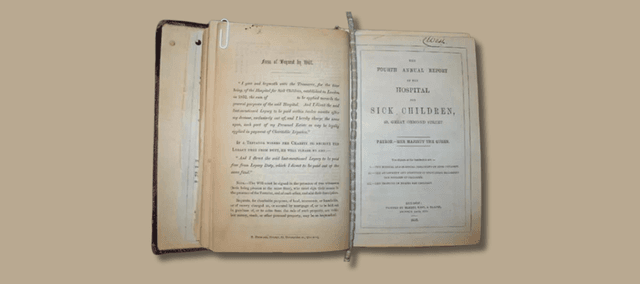
by SOFII
Why is it that the giving and receipt of legacies figured strongly in Victorian literature, yet is largely absent today? The announcement in the annual report of The Hospital for Sick Children (later Great Ormond Street Hospital) appeared just four years after the hospital was founded, but it was already obvious that gifts of legacies would be very important to the health and development of the hospital.
Read moreTHE PLAN: the launch of child sponsorship, Spain 1937

by SOFII
This exhibit focuses on a documentary film made by Plan International, which shows how the idea of child sponsorship emerged and grew as a response to the dangers faced by children in the Spanish civil war, more than 70 years ago.
Read more






